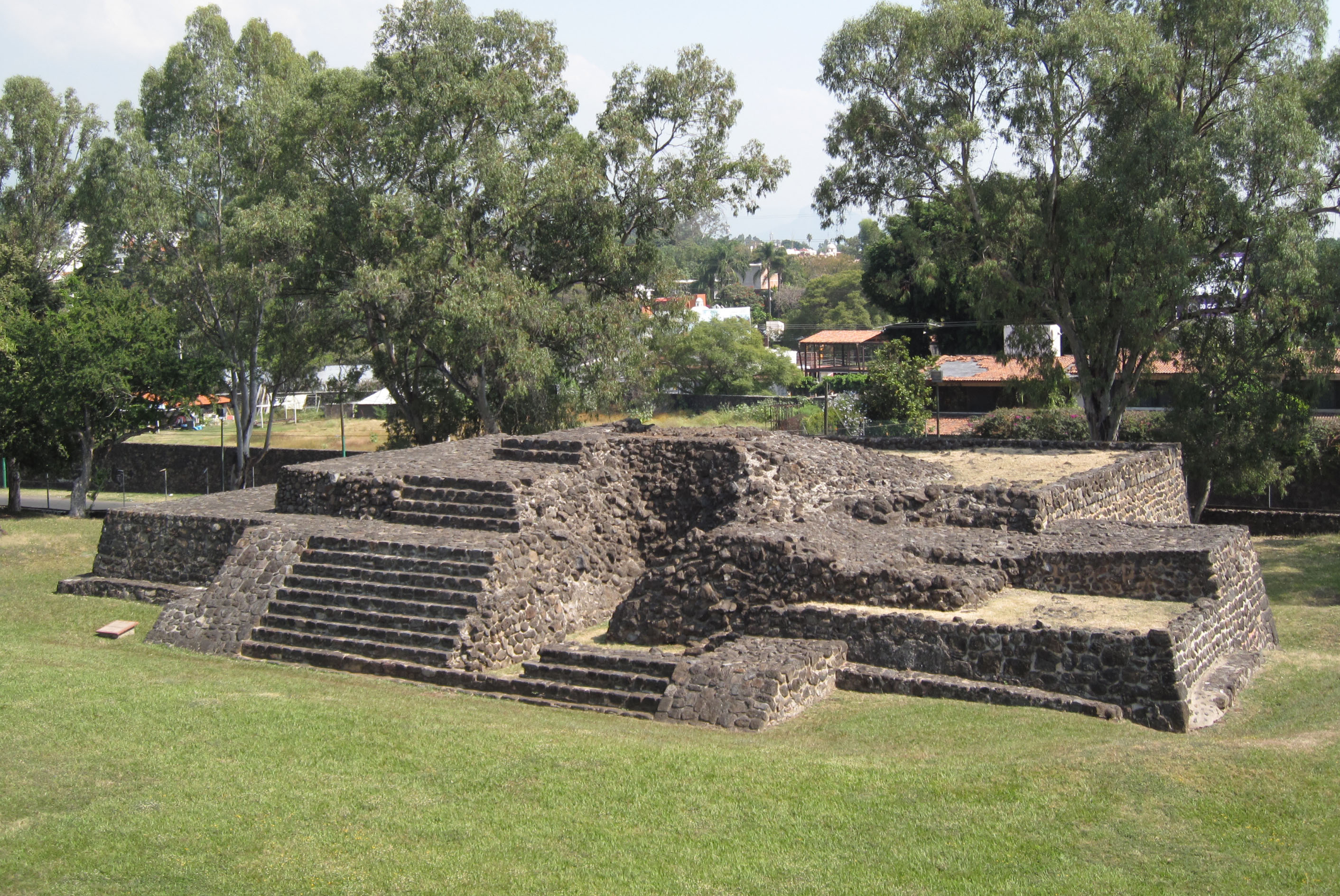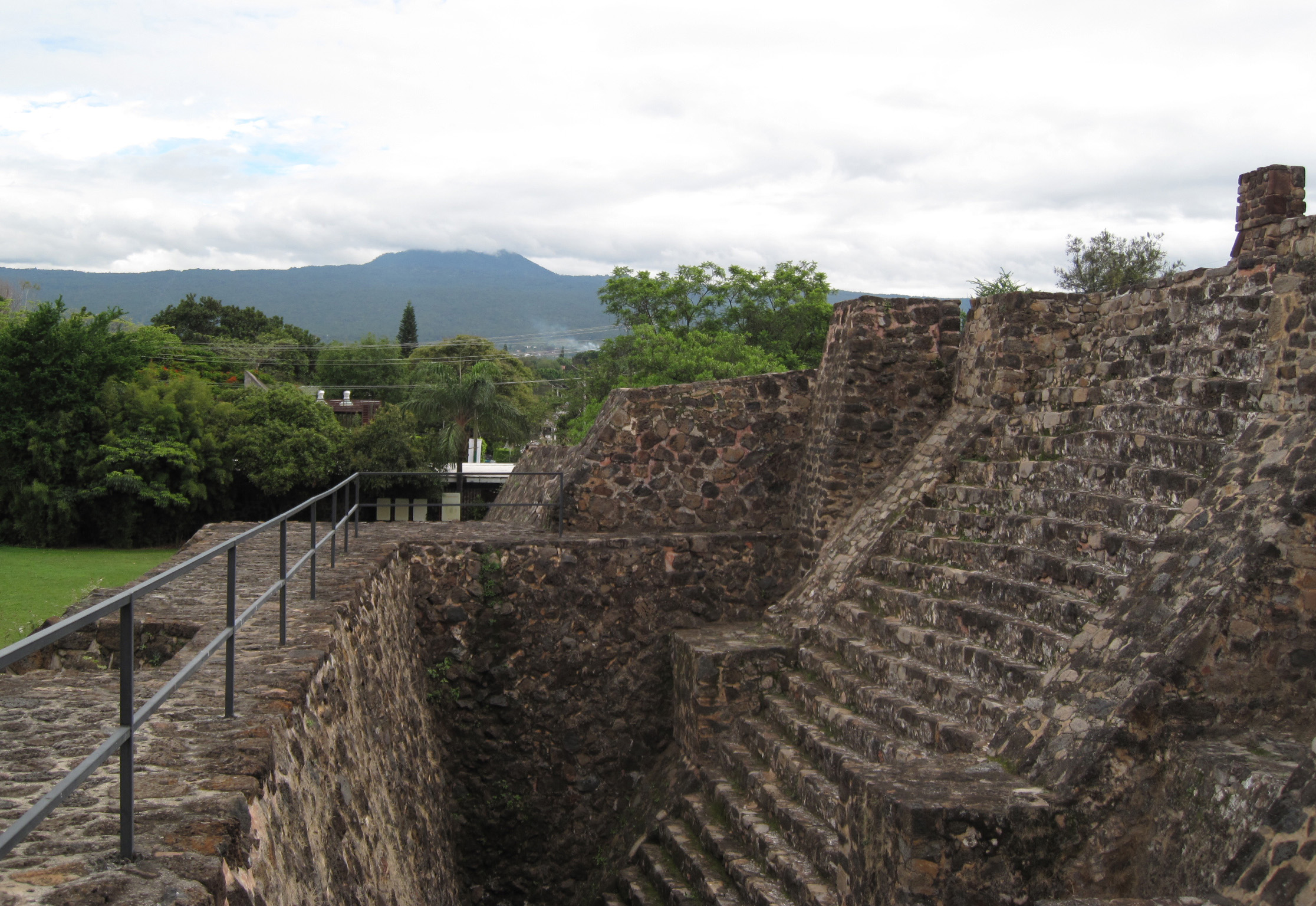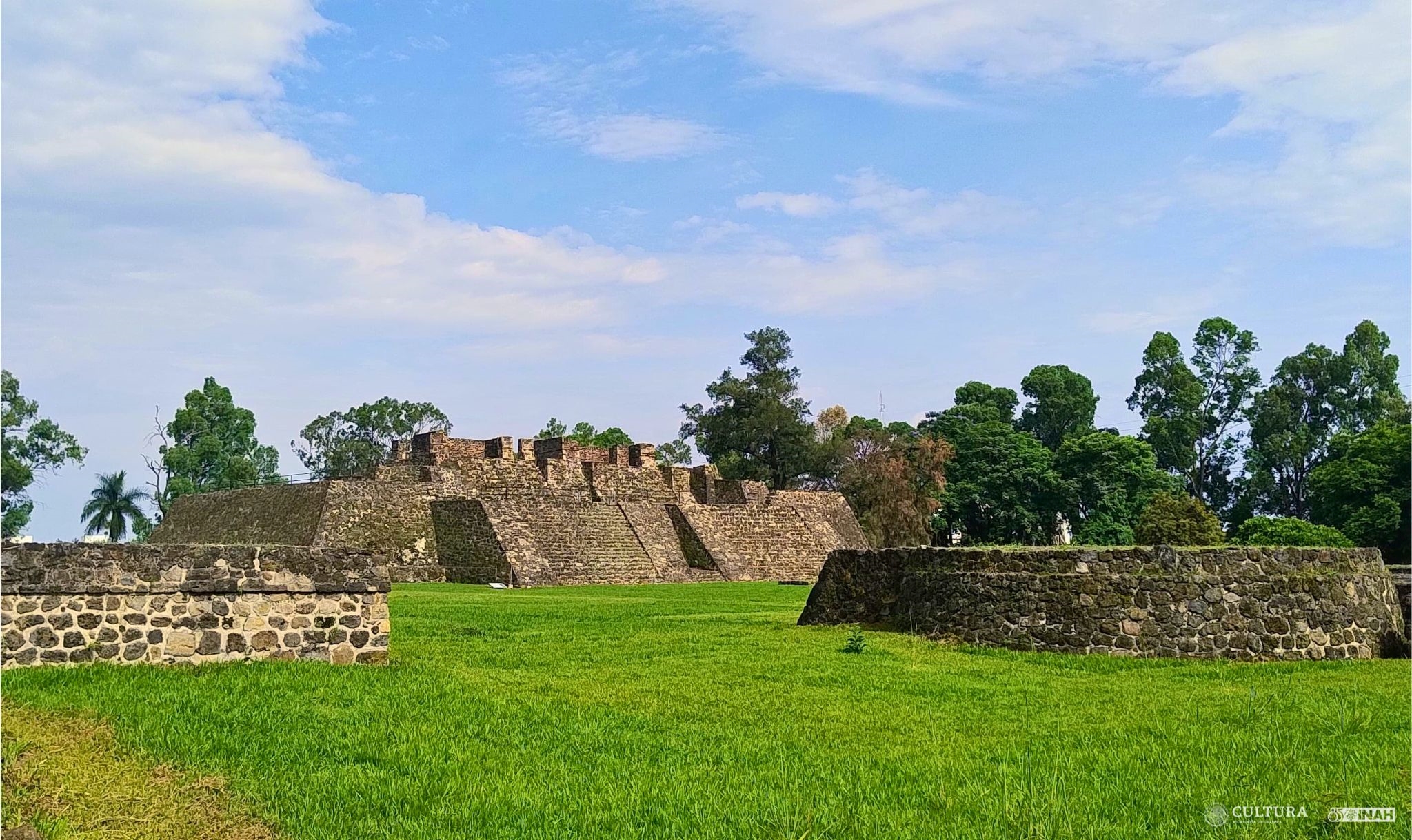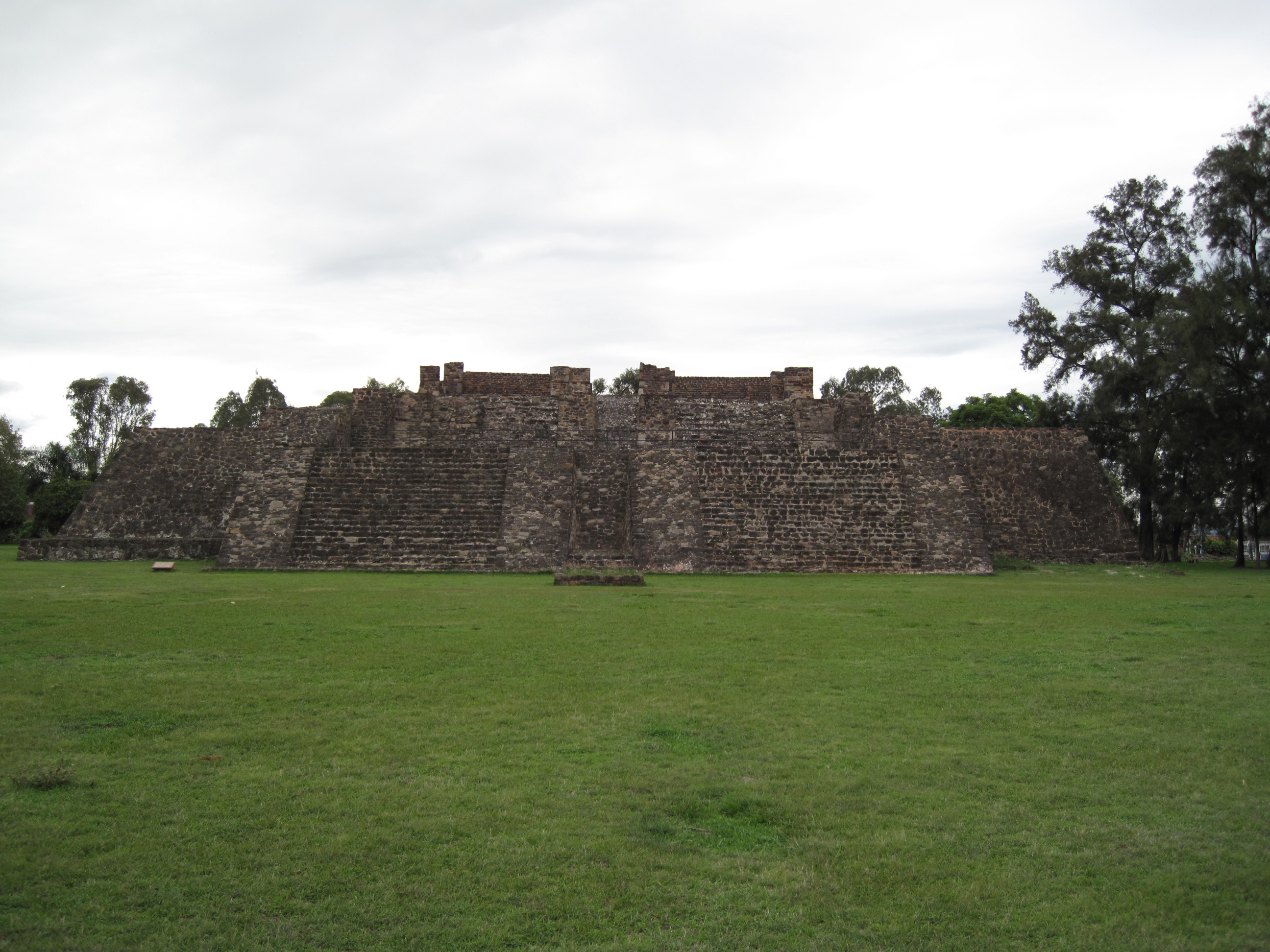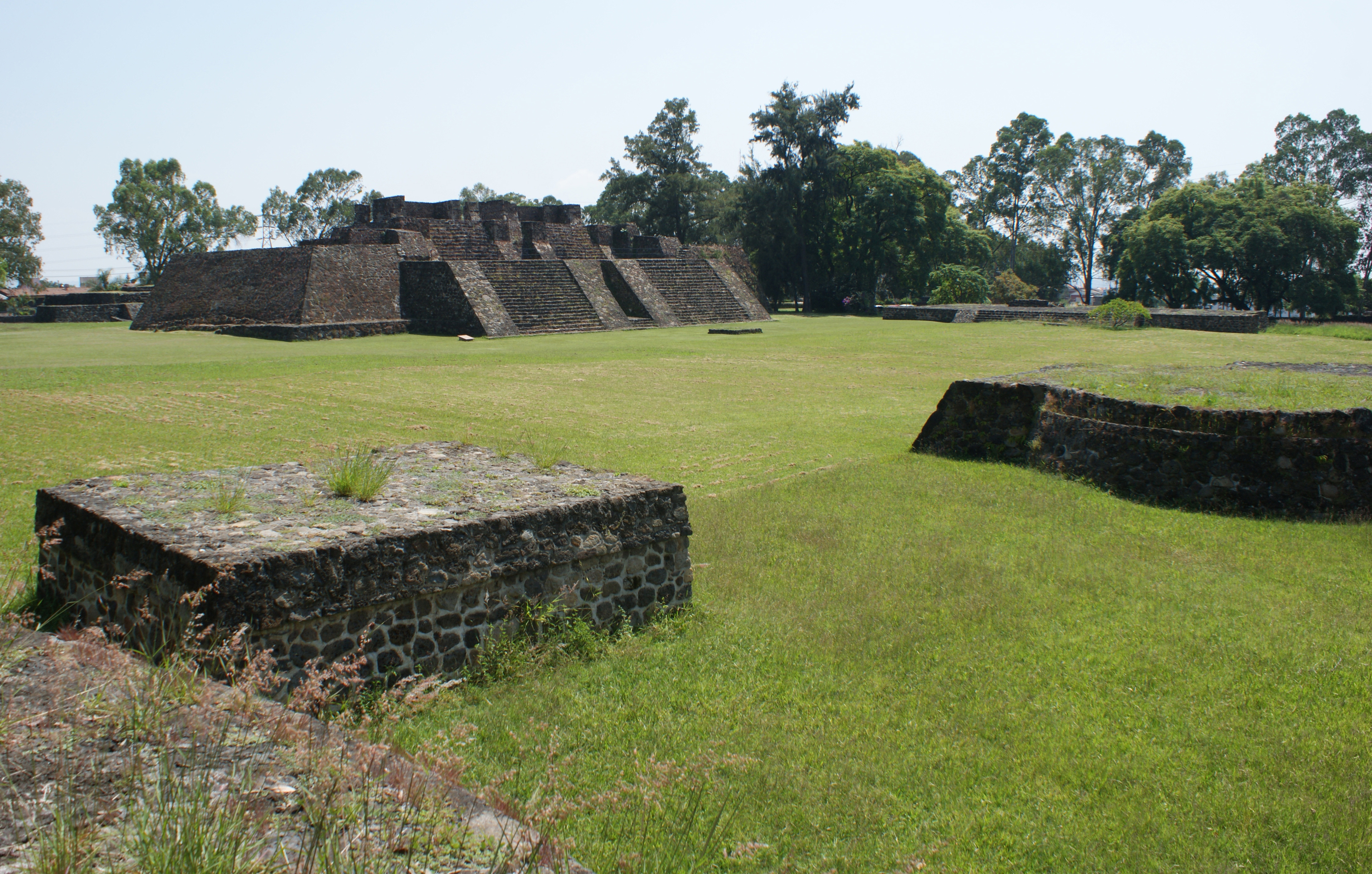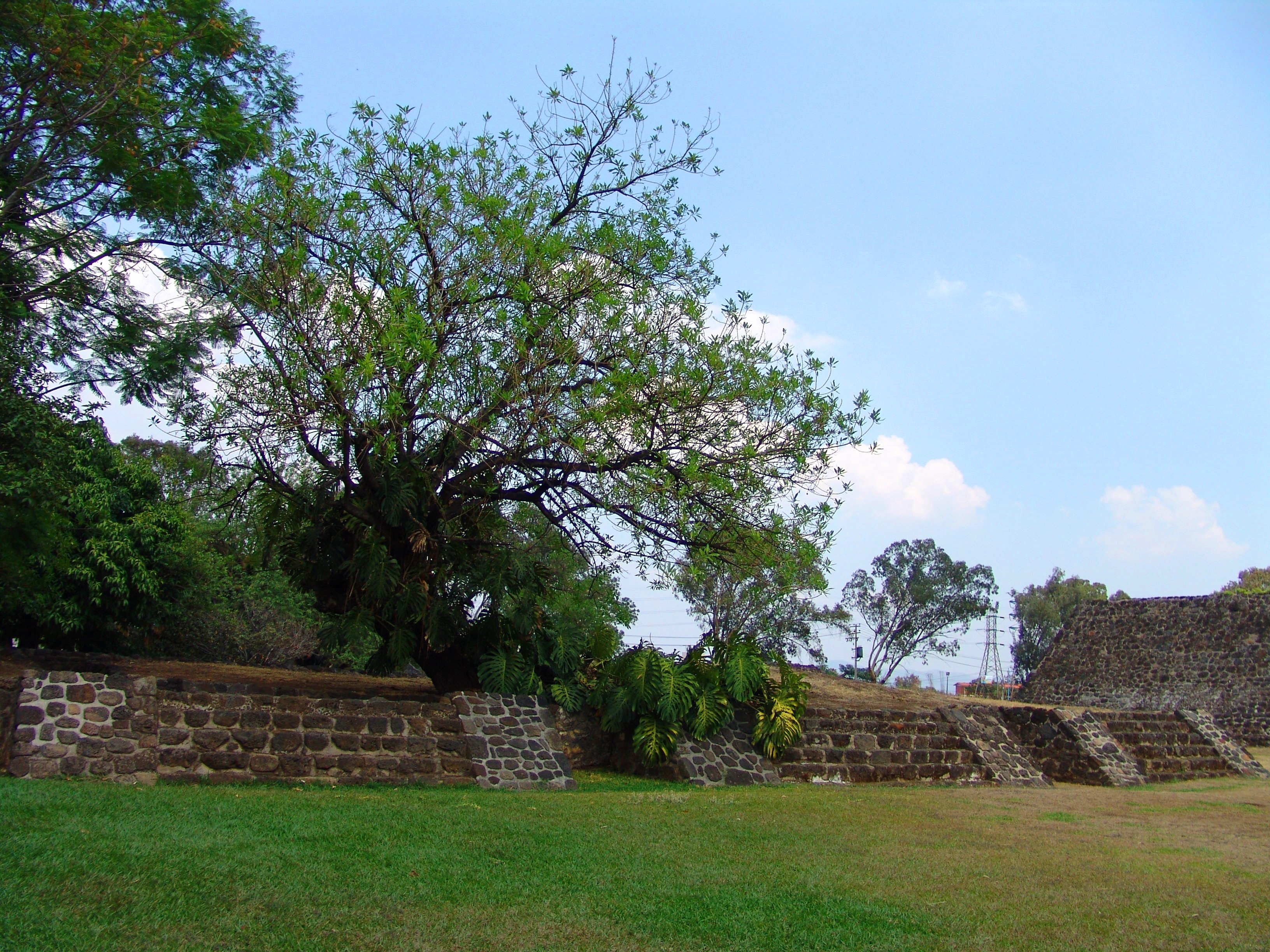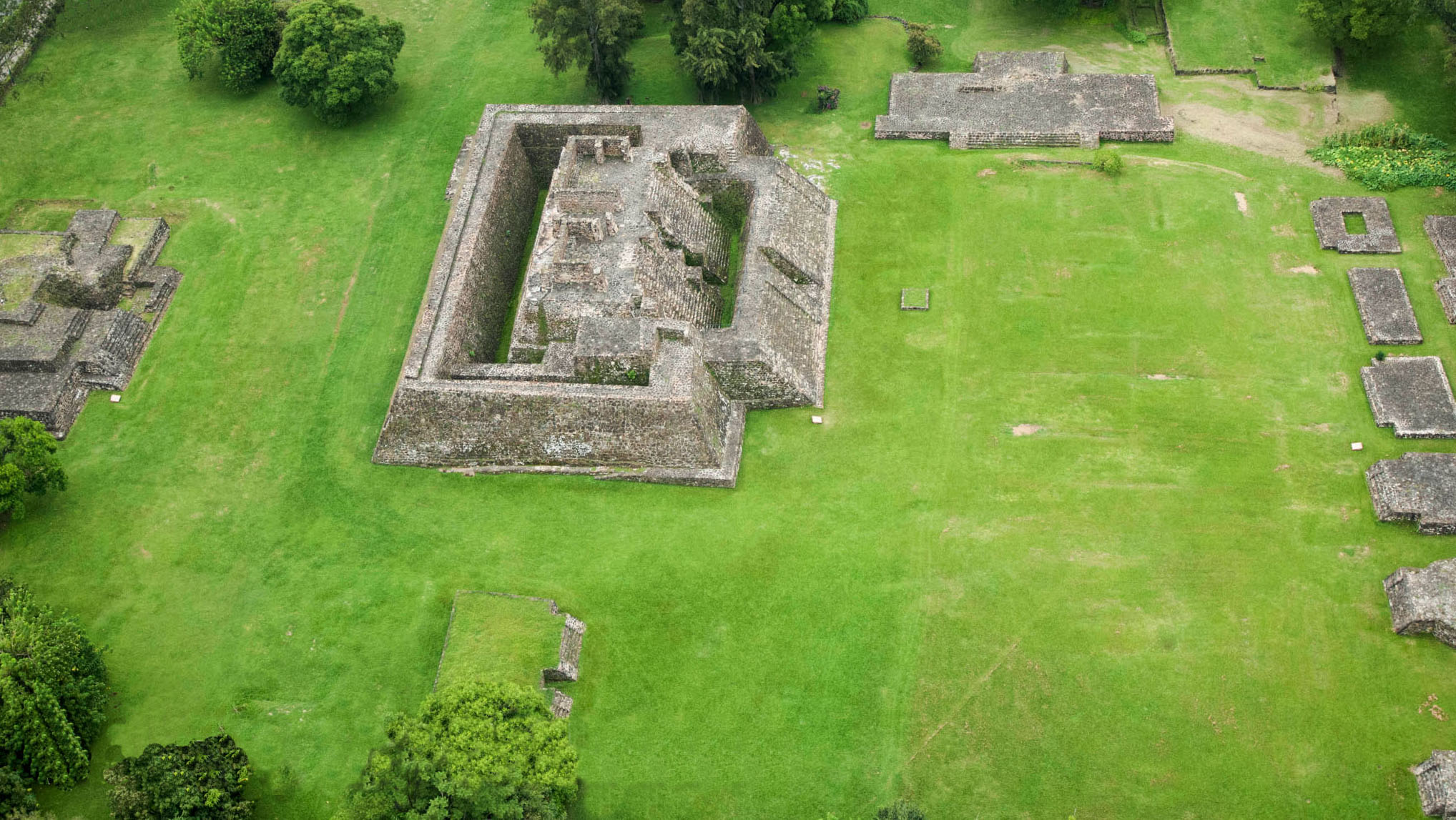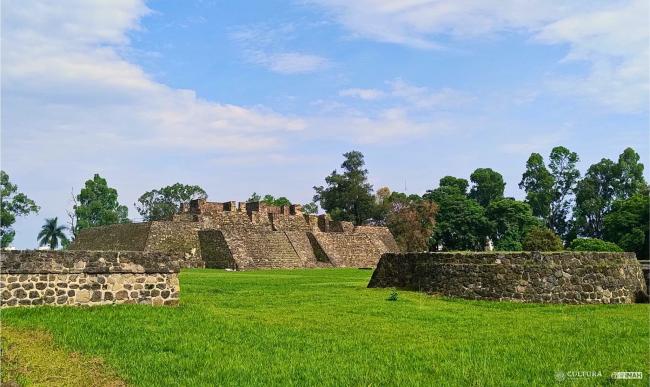Visit us
Teopanzolco
Opening hours
Wednesday to Sunday from 09:00 to 16:00 h
Fee
$100.00
Adress
Río Balsas s/n, Vista Hermosa C.P. 62290, Cuernavaca, Municipality of Cuernavaca, Morelos.
Access
It is located at Río Balsas s/n, in the Vista Hermosa neighborhood.
Services


Important
- Sundays free for mexican citizens
- Free entrance for Mexicans under 13 years old
- Free entrance for Mexican students and teachers
- Free entrance for Mexican senior citizens
- No entry with food
- Pets not allowed

